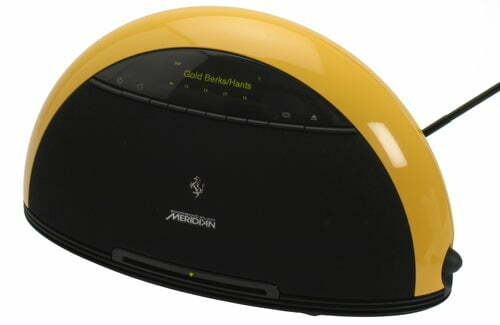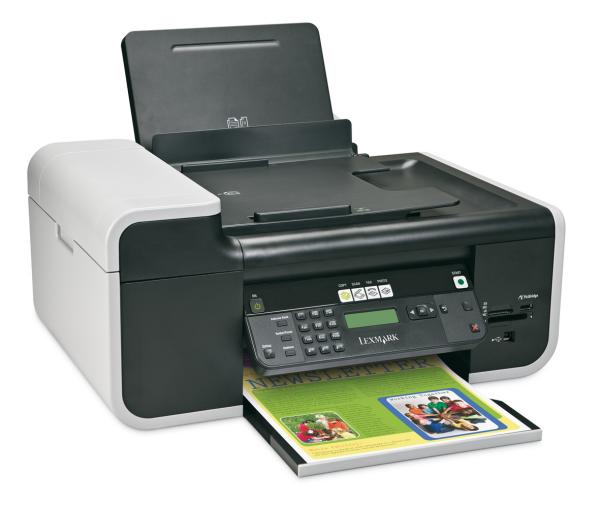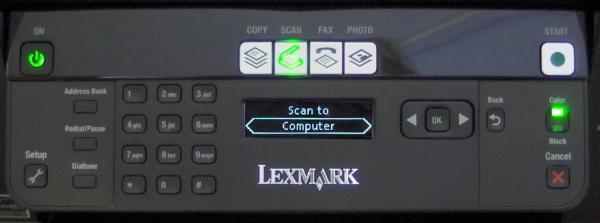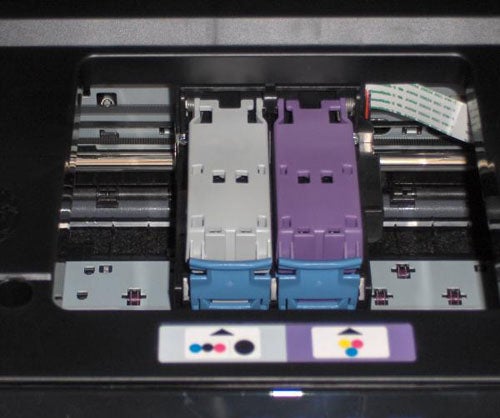Promise Technology SmartStor NS2300N Review
Best known for its extensive line of RAID controllers, Promise Technology is now entering the home and small business NAS appliance market with a modest range of devices. It also brings another acronym to the storage industry, although BYOD (bring-your-own-disks) simply allows you to buy an unpopulated unit and add your own SATA hard drives.
One feature that piqued our curiosity about the NS2300N was Promise’s new SmartNAVI client utility, as it claims to be equipped with artificial intelligence. This is a bit overwhelming, although the utility offers some useful features to help with general setup and configuration. SmartNAVI runs as a background task, accessible from the system tray, and automatically locates SmartStor NAS devices on the network.

Selecting an appliance from this interface launches the main window, which offers a useful one-click setup wizard. This applies a set of defaults based on what it finds on your network, and these include IP address, time zone, and automatic volume creation. The user interface does a lot more as it allows you to manage important functions of the appliance without having to use the PASM (Promise Advanced Storage Manager) web interface.
You can create volumes, manage users, groups and shares, and access the new Download Station tool. The latter is a feature that is appearing with increasing regularity in most desktop NAS devices, allowing you to access remote files via BitTorrent, HTTP, and FTP. We found it easy enough to create a link to our FTP server from the SmartNAVI interface, and once we added the link the download would start. Performance leaves a lot to be desired, with a 690MB video clip FTP download from both the NETGEAR ReadyNAS and Iomega appliances yielding less than 0.4MB/s average speeds

Promise can add new functionality to the appliance using plug-ins and also offers plug-ins for iTunes and DLNA servers along with Download Station. Previously these could only be added by copying them to the appliance and installing them from the PASM web interface, but this can now be done directly from SmartNAVI.
Enabling the DLNA plug-in automatically creates three new subfolders for storing music, pictures and videos, allowing you to stream content directly to UPnP compatible devices over the network. There isn’t much to see for the iTunes server as once activated the appliance will show up in the iTunes client as a new server and will advertise any music stored in its default music folder.
The device itself is a fairly well-constructed plastic box, although the front door doesn’t lock and the drives are held in place with thin plastic hot-swap trays. It is equipped with a 333MHz FreeScale MPC8313E processor along with 128MB of DDR2 memory and the embedded Promise PDC20771 controller supports mirrors and stripes. They have a Gigabit Ethernet port on the back and the single USB port next to it can be used to connect external storage, share printers over the network and add an intelligent APC UPS.
The main web interface of PASM is nicely designed and also offers a setup wizard to create new users and groups, enable file sharing services for Windows, Unix, Linux and Macintosh users, start the FTP server and create new shared folders be able. Security is good as the appliance supports both workgroup and Active Directory modes for Windows users and share access can be tightly controlled by granting each user read/write or read-only access. They can also use quotas to limit their personal storage space and FTP access can be set per share.

Backup options focus solely on the SmartSYNC tool, which provides functionality to back up local files and folders on the appliance. Access is via the SmartNAVI interface where you select your source data and either back it up manually or run it on a schedule. If you activate the one-touch backup function via the PASM interface, you can use SmartNAVI to start all predefined backup jobs immediately. Each SmartSYNC backup job creates a folder on the appliance under the user’s own share with subfolders showing the computer name and drive letter. Data can be easily restored directly from the SmartNAVI interface as it lists all your own backups and associated files on the appliance and you can restore them to their original location or any other location of your choice.
For testing, we installed a couple of Western Digital Raptor drives and configured them as a stripe. General performance is nothing special, as copying our test video between the appliance and a Boston Supermicro 3.2GHz Pentium D workstation over Gigabit Ethernet yielded read and write speeds of 10.5MB/s and 9.1MB /s yielded. FTP speeds were no better as the FileZilla client reported average read and write speeds of 7.5MB/s and 7MB/s.
“‘Verdict”‘
This small, two-drive NAS unit offers a reasonable range of features for the price, and Promise’s new SmartNAVI utility offers easy configuration and quick access to key utilities. However, our favorite dual-drive NAS box is still Netgear’s ReadyNAS Duo, as it offers a lot more for a similar price and better performance.

(middle)”‘The new SmartNAVI utility provides easy access to the main functions of the SmartStor”‘(/middle)

(middle)”‘New functions like the iTunes server can be added directly from SmartNAVI as plug-ins”‘(/middle)

(middle)”‘The SmartSYNC workstation backup tool can be run directly from SmartNAVI”‘(/middle)

(Middle)””The client support is particularly good and everyone can be managed via the PASM web interface.””(/Middle)

(middle)””Animated system status icons are provided and the fan can be turned off by the appliance if required””(/middle)
















































